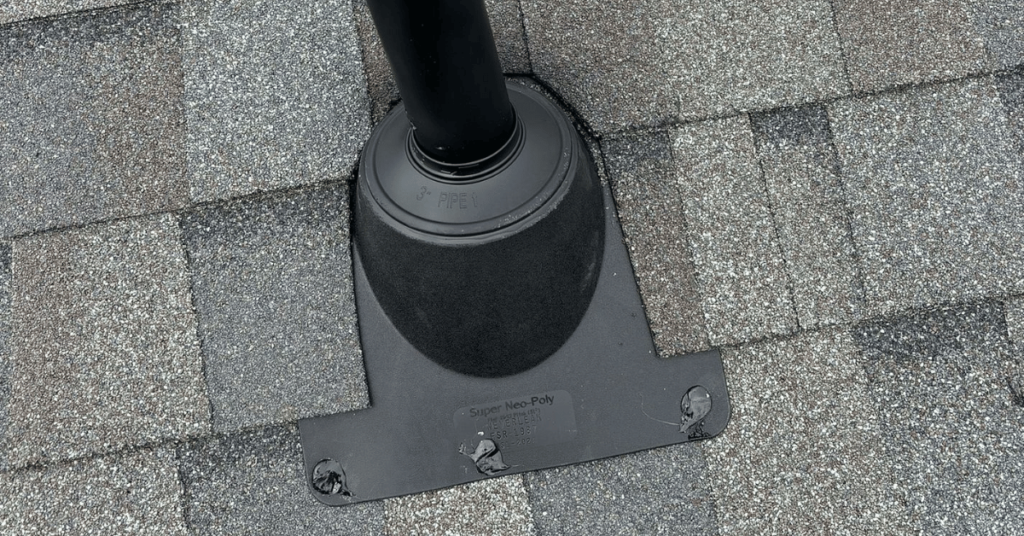Roof Flashing: Essential Guide to Protecting Your Roof
Roof flashing is an integral part of a well-designed roofing system, protecting areas where water is most likely to penetrate. Understanding its purpose, types, and proper maintenance can help ensure a roof’s longevity and durability.
What is Roof Flashing?
Roof flashing consists of thin sheets of metal or other durable materials installed at critical points on a roof. Its primary function is to direct water away from seams, joints, and other vulnerable areas, preventing leaks and water damage.

Types of Flashing
- Step
Roofer uses step flashing along roof edges where a sloped roof meets a vertical wall. It consists of overlapping pieces installed with each layer of shingles, creating a watertight barrier. - Chimney
This type seals the space between a chimney and the roof. It typically includes multiple components, such as step flashing, counter flashing, and saddle flashing, to provide comprehensive protection. - Counter
Contractors install counter flashing on vertical surfaces, such as chimneys or walls and overlap base flashing to create a watertight seal. - Drip Edge
Drip edge flashing is placed along roof edges to guide water into gutters and protect the roof’s underlayment and fascia from moisture. - Valley
Valley flashing is installed in roof valleys where two slopes meet. It is designed to handle significant water flow and prevent pooling. - Pipe Boot
This type seals around pipes or vents protruding through the roof. It often includes a flexible rubber or plastic collar attached to a metal base.
Benefits of Flashing
Roof flashing plays a critical role in protecting a roof from water damage. It provides a barrier against leaks, supports the structural integrity of the building, and helps prevent costly repairs caused by prolonged exposure to water.
Signs of Issues
Roofers should inspect flashing regularly to identify potential problems. Some common signs that flashing may need attention include:
- Rust or Corrosion: Metal flashing may deteriorate over time, compromising its effectiveness.
- Loose or Missing Pieces: Severe weather or poor installation can cause flashing to shift or detach.
- Water Stains or Leaks: These can indicate that water is seeping through gaps in flashing.
- Cracked Sealant: Aging or damaged sealant can create openings for water to penetrate.
Maintenance Tips
- Inspect Regularly: Conduct periodic checks, especially after heavy storms, to identify wear or damage.
- Reapply Sealant: Replace deteriorated sealant to maintain a watertight seal.
- Address Rust: Treat or replace rusted flashing to prevent further degradation.
- Repair Damage Promptly: Loose or damaged flashing should be repaired as soon as possible to avoid water infiltration.
Understanding the importance of roof flashing and maintaining it properly is essential for preserving the functionality and lifespan of a roof. Regular inspections and timely repairs can prevent small issues from becoming major problems.
